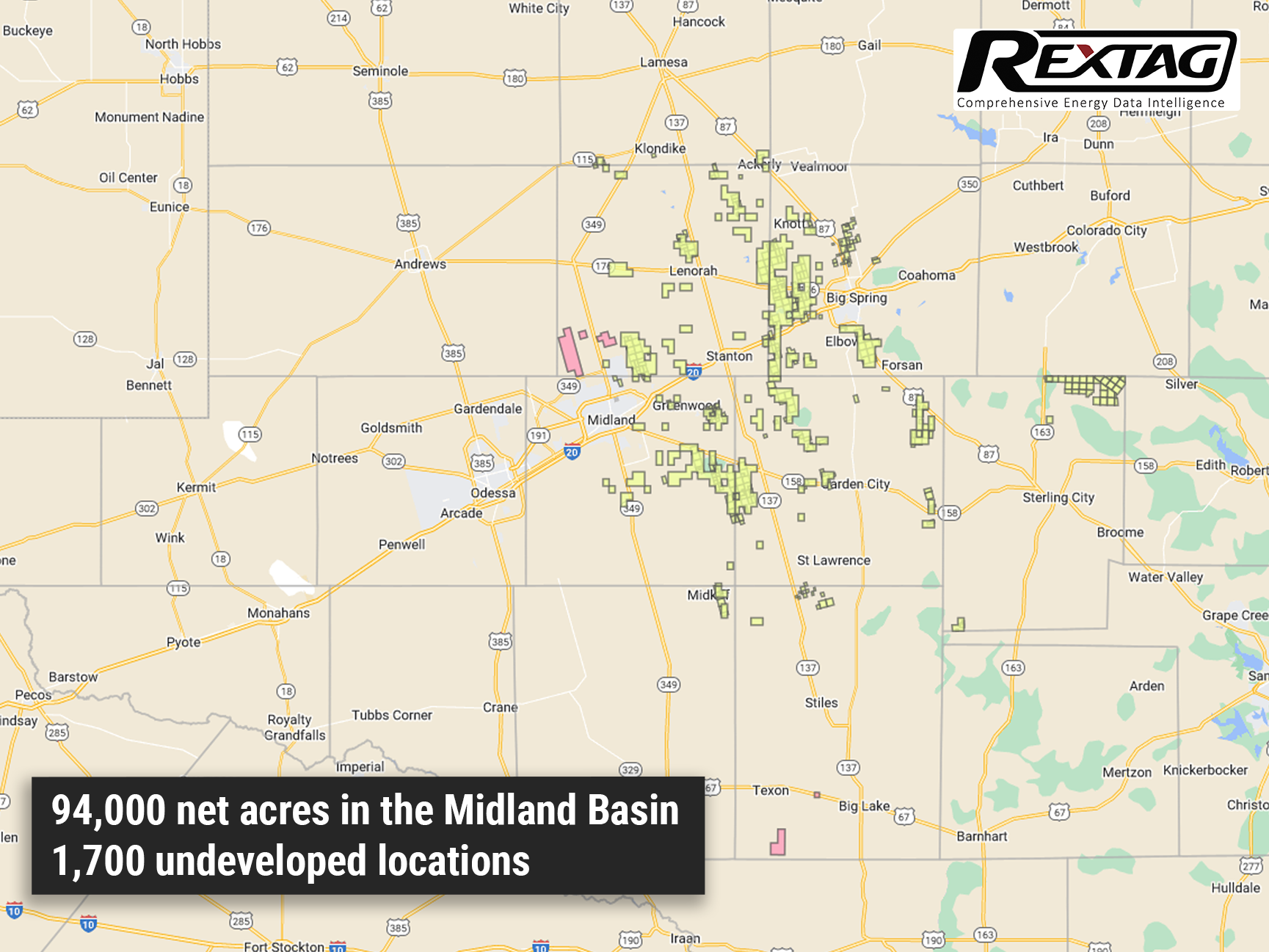Blog
Since days when shale oil and gas technologies were discovered, the U.S. energy industry has been evolving more rapidly than ever before. Many changes are amazing especially when you put them on an industry map. At Rextag not only do we keep you aware of major projects such as pipelines or LNG terminals placed in service. Even less significant news are still important to us, be it new wells drilled or processing plants put to regular maintenance.
Daily improvements often come unnoticed but you can still follow these together with us. Our main input is to “clip it” to the related map: map of crude oil refineries or that of natural gas compressor stations. Where do you get and follow your important industry news? Maybe you are subscribed to your favorite social media feeds or industry journals. Whatever your choice is, you are looking for the story. What happened? Who made it happen? WHY does this matter? (Remember, it is all about ‘What’s in It For Me’ (WIIFM) principle).
How Rextag blog helps? Here we are concerned with looking at things both CLOSELY and FROM A DISTANCE.
"Looking closely" means reflecting where exactly the object is located.
"From a distance" means helping you see a broader picture.
New power plant added in North-East? See exactly what kind of transmission lines approach it and where do they go. Are there other power plants around? GIS data do not come as a mere dot on a map. We collect so many additional data attributes: operator and owner records, physical parameters and production data. Sometimes you will be lucky to grab some specific area maps we share on our blog. Often, there is data behind it as well. Who are top midstream operators in Permian this year? What mileage falls to the share or Kinder Morgan in the San-Juan basin? Do you know? Do you want to know?
All right, then let us see WHERE things happen. Read this blog, capture the energy infrastructure mapped and stay aware with Rextag data!
Mega Mergers to Mega Sales: The Next Phase in Oil, Chevron, ConocoPhillips, and Occidental
U.S. oil and gas companies are facing a tough task: unloading $27 billion in assets to pay their investors. This push comes as the largest wave of energy mergers in 25 years is about to clear its final regulatory checks. Chevron, ConocoPhillips, and Occidental Petroleum are aiming to raise between $16 billion and $23 billion from selling off assets after their mergers. Exxon Mobil, another major player, has been raising about $4 billion a year from sales since 2021 but hasn't set a specific target for future divestitures.
Ovintiv, Occidental, BP, Marathon Oil, ConocoPhillips, TC ENERGY Q1 Results and Sale of $1 Billion Permian Assets
As TC Energy expands its gas network to support the growing demand from data centers, driven by AI, Occidental is considering selling assets in the Permian Basin potentially worth over $1 billion. Keep reading. But first, let’s take a look at the Q1 2024 results for big names like Occidental (OXY), Ovintiv, BP, Marathon Oil, ConocoPhillips, and TC Energy.
Permian Basin Power: OXY Seeks Buyers for Delaware Assets, Permian Resources and Continental Resources
Recently, the Permian has seen significant acquisitions: Exxon Mobil purchased Pioneer Natural Resources for about $60 billion. Diamondback Energy's $26 billion deal to acquire Endeavor Energy Resources is currently on hold due to requests from the U.S. Federal Trade Commission. Occidental’s acquisition of CrownRock for $12 billion in the Midland.
Top Permian Oil and Gas Producers: Five-Year Production
OXY has been the leader in Permian Basin production for the past five years. Currently, the Houston-based oil and gas company is deepening its presence in the basin with a $12 billion acquisition of CrownRock, adding over 94,000 acres in the Midland Basin and increasing its oil output by about 170,000 barrels per day. Occidental announced an increase in its proved reserves to 4.0 billion barrels of oil equivalent by the end of December 2023, up from 3.8 billion the previous year. Activities in the Permian largely fueled this rise. Occidental added approximately 303 million barrels through infill development projects as well as new discoveries and the further development of existing fields brought in another 153 million barrels.
Denver-Julesburg DJ Basin: Wattenberg, Niobrara, Codell, 2022 and 2023 Overview
The Denver-Julesburg (DJ) Basin, spanning Northern Colorado, Eastern Wyoming, Western Kansas, and parts of Nebraska, stretches from north to south, from north of Cheyenne, Wyoming, down to Colorado Springs. Its primary production field, the Wattenberg gas field, is located in Weld County and Northwestern Adams County in Northeast Colorado. Oil and gas production in the D-J Basin traces back to a discovery in Boulder County, Colorado, in 1901, marking a long history of energy development in the area. The basin is highly productive, primarily due to its stacked plays, similar to those in other regions like the Anadarko Basin (with its SCOOP and STACK plays) and the Permian Basin. This geological feature is a key reason for the high productivity of wells in the DJ Basin.
Is the U.S. Oil Production Boom Fading? M&A Activity Suggests So
The US oil industry made big headlines in 2023 thanks to its surprising record oil production. However, experts believe 2024 won't see the same level of growth, mainly due to one key factor: a surge in mergers and acquisitions (M&A). So far in 2024, the oil and gas exploration sector has seen mergers worth $55 billion. This follows a record-breaking year in 2023 when the industry announced deals totaling $190 billion, the highest ever for this sector.
TOP 2022 vs 2023 Permian Producers Overview by Rextag
The Permian Basin, America's prime oil region, faced significant challenges during the COVID-19 pandemic. The industry saw a drastic reduction in rigs and fracking crews and had to close some operations as oil prices plummeted, leading to widespread restructuring. Now, the Permian is making a strong comeback. Over the last three years, exploration and production companies (E&Ps) have increased their drilling activities. They're focusing on spending wisely and maximizing returns to their investors. The Permian's role is crucial. It was projected to contribute over 5.98 million barrels of oil per day in December, making up about 62% of the total oil production in the Lower 48 states, as per the EIA.
Occidental to Streamline Operations with $20 Billion Western Midstream Sale?
Occidental Petroleum is looking into selling Western Midstream Partners. OXY focuses on natural gas pipelines in the U.S. and is worth around $20 billion, including its debt. This sale could help the company cut down its large debt of $18.5 billion, which grew due to buying other companies. Recently, Occidental agreed to buy CrownRock for $12 billion, adding more debt to its books. This comes after its huge $54 billion purchase of Anadarko Petroleum four years ago. The news about possibly selling Western Midstream made its shares go up by 5.7% to $30.81, reaching their highest value since July 2019. However, Occidental's shares fell by 1.6% to $59.56, as part of a wider drop among energy companies.
Permian Basin Giants: 2024 Net Production Forecasts
Rystad Energy predicts that the merged company of Diamondback Energy and Endeavor Energy will produce 819,500 barrels of oil per day in the Permian Basin in 2024. Rystad, an energy research and business intelligence company from Norway, expects the ExxonMobil-Pioneer Natural Resources merger to lead the Permian in total net production for the year, with a projection of nearly 1.4 million barrels per day. Notably, about 53% of this production will be oil. Chevron is set to produce slightly more than Diamondback-Endeavor, with Occidental-CrownRock following closely. ConocoPhillips ranks fifth, with a production forecast of just under 800,000 barrels per day. Chevron's production is 47% oil, while Diamondback-Endeavor and ConocoPhillips have 57% oil in their mix, and Occidental-CrownRock is just below 50%.
Oil and Gas: Diamondback and Endeavor's $26 Billion Merger Redefines Permian Basin
Diamondback's buyout of Endeavor happened about four months after ExxonMobil and Chevron made huge deals, with Exxon buying Pioneer Natural Resources for $59 billion and Chevron getting Hess for $53 billion. Even though 2023 was a slow year for company buyouts and mergers, with the total deals at $3.2 trillion (the lowest since 2013 and 47% less than the $6 trillion peak in 2021), the energy sector was still active. Experts think this buzz in energy deals is because these companies made a lot of money in 2022.
Occidental, CrownRock Merger Under Regulatory Review: 2024 Update
CrownRock's 94,000+ net acres acquisition complements Occidental's Midland Basin operations, valued at $12.0 billion. This expansion enhances Occidental's Midland Basin-scale and upgrades its Permian Basin portfolio with ready-to-develop, low-cost assets. The deal is set to add around 170 thousand barrels of oil equivalent per day in 2024, with high-margin, sustainable production.
Welcome 2024: A Look Back at 2023 Top Oil and Gas Sector Deals
2023 was quite a year for the oil and gas sector, with some big deals making the news. In the US, giants like ExxonMobil and Chevron grabbed headlines with their plans to acquire companies like Pioneer and Hess. Internationally, ADNOC wasn't left behind, expanding its reach as well. As we ring in the new year, let's recap the biggest oil and gas deals of 2023.
Occidental's Asset Cuts After CrownRock's $12 Billion Deal
Occidental Petroleum is expanding its reach in the Midland Basin and targeting deeper drilling in the Barnett area through its significant $12 billion purchase of CrownRock LP. CrownRock, a collaboration between CrownQuest Operating LLC and Lime Rock Partners, is recognized for its prime land holdings in the Permian Basin. This acquisition brings over 94,000 net acres and 1,700 undeveloped drilling spots in the Midland Basin to Occidental's portfolio.
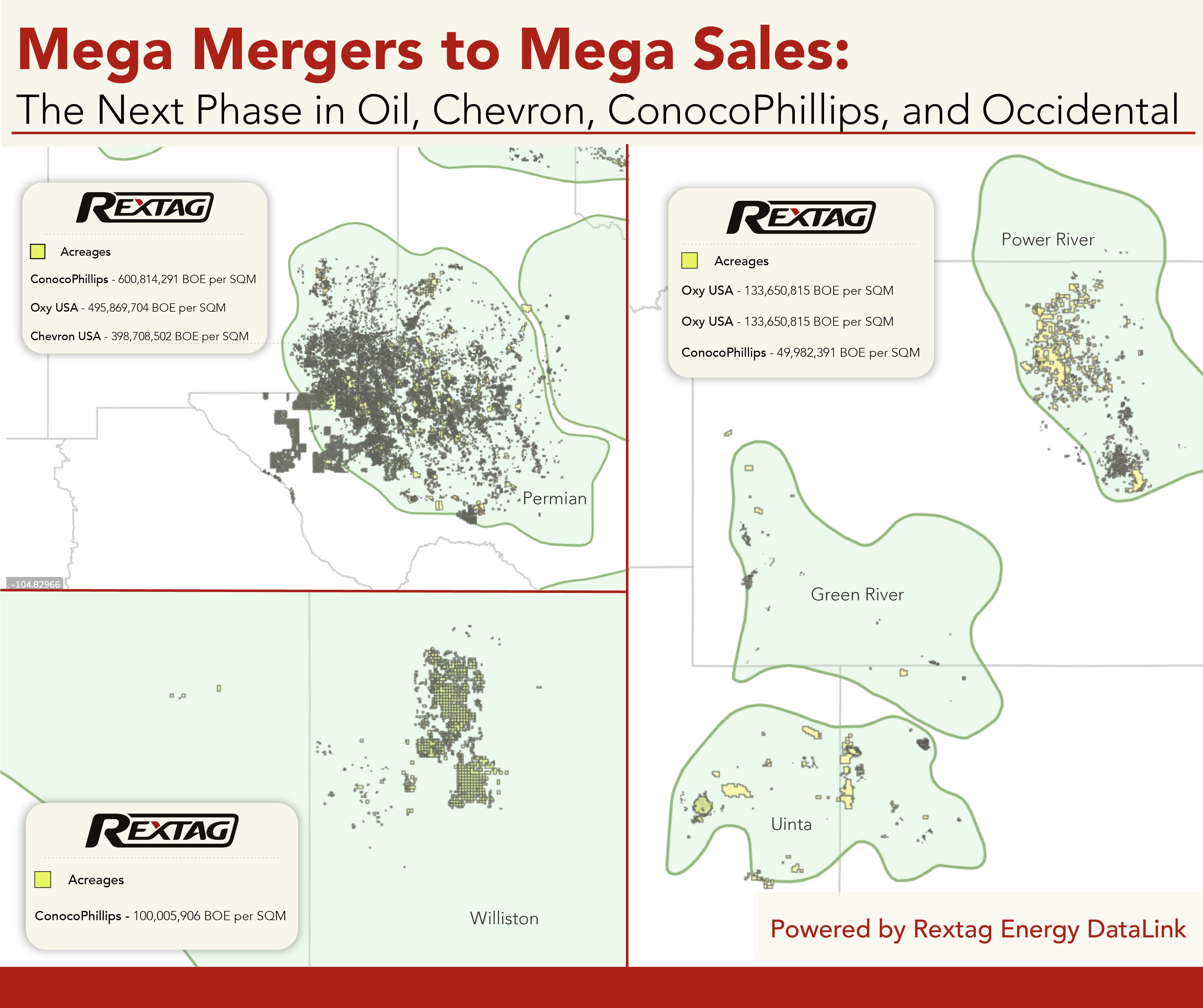
.jpg)
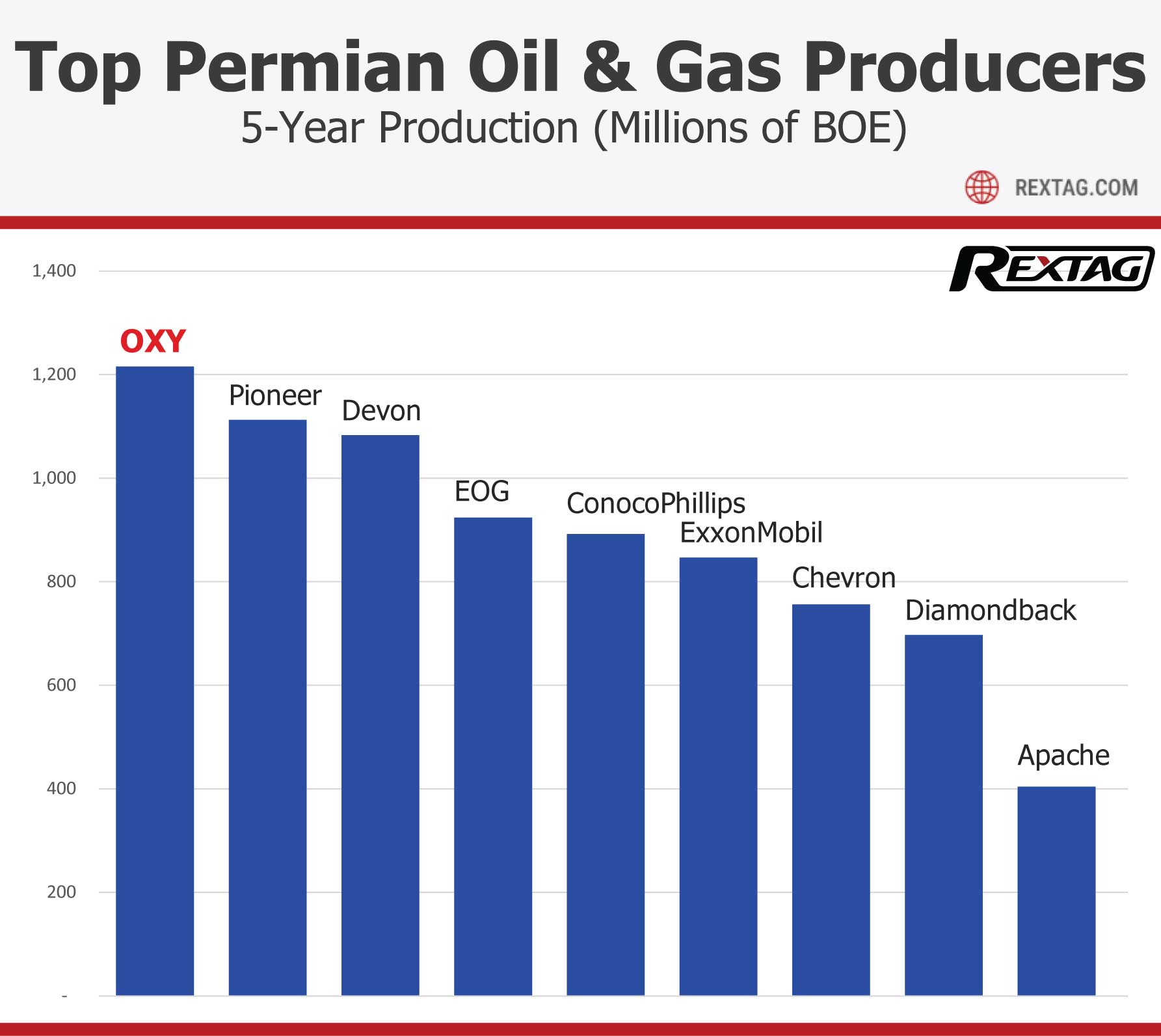
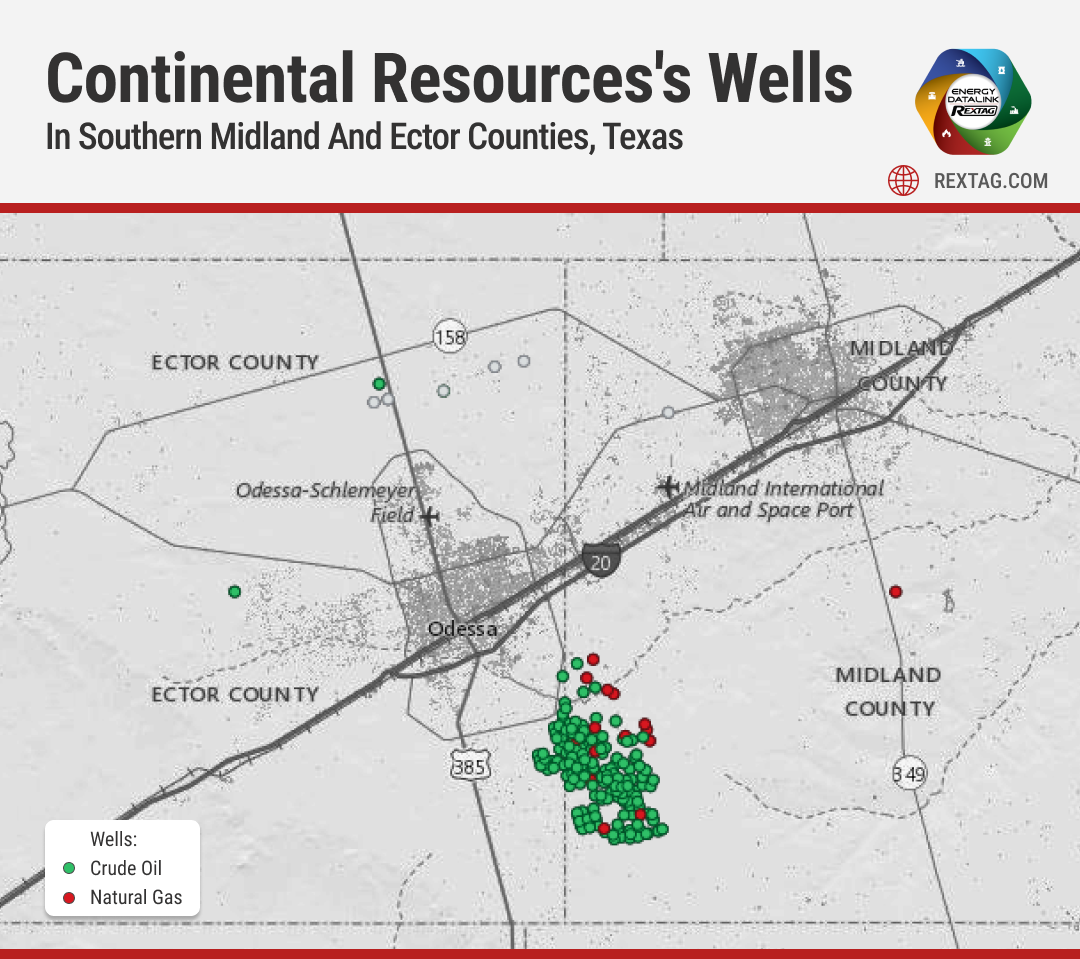
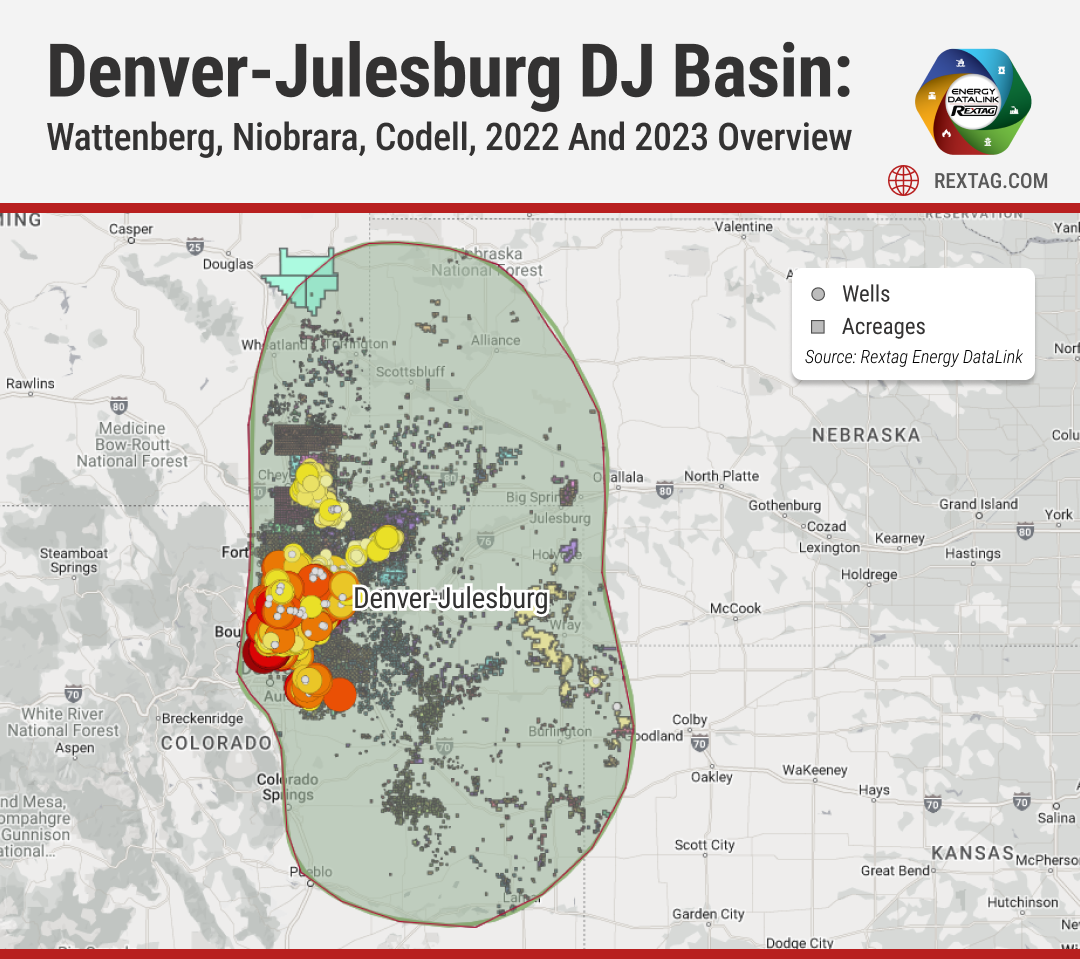
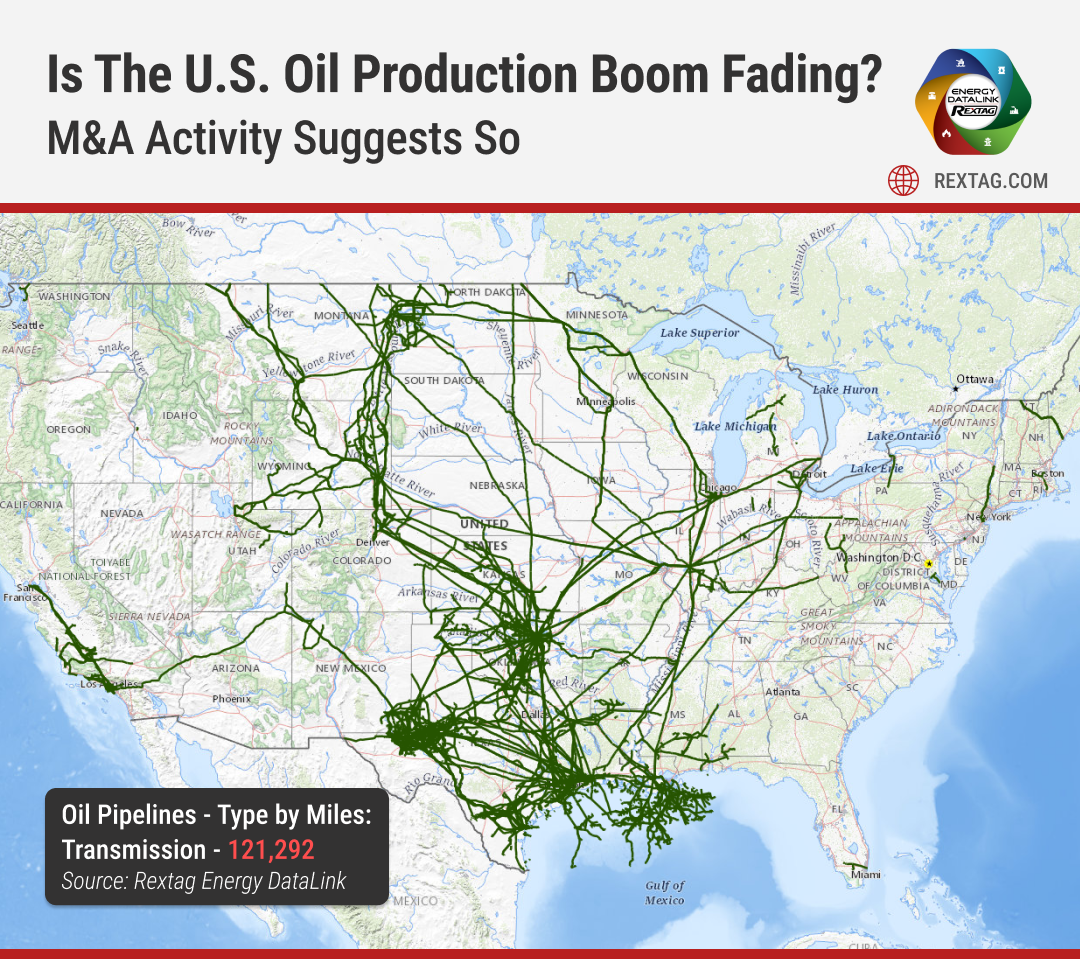
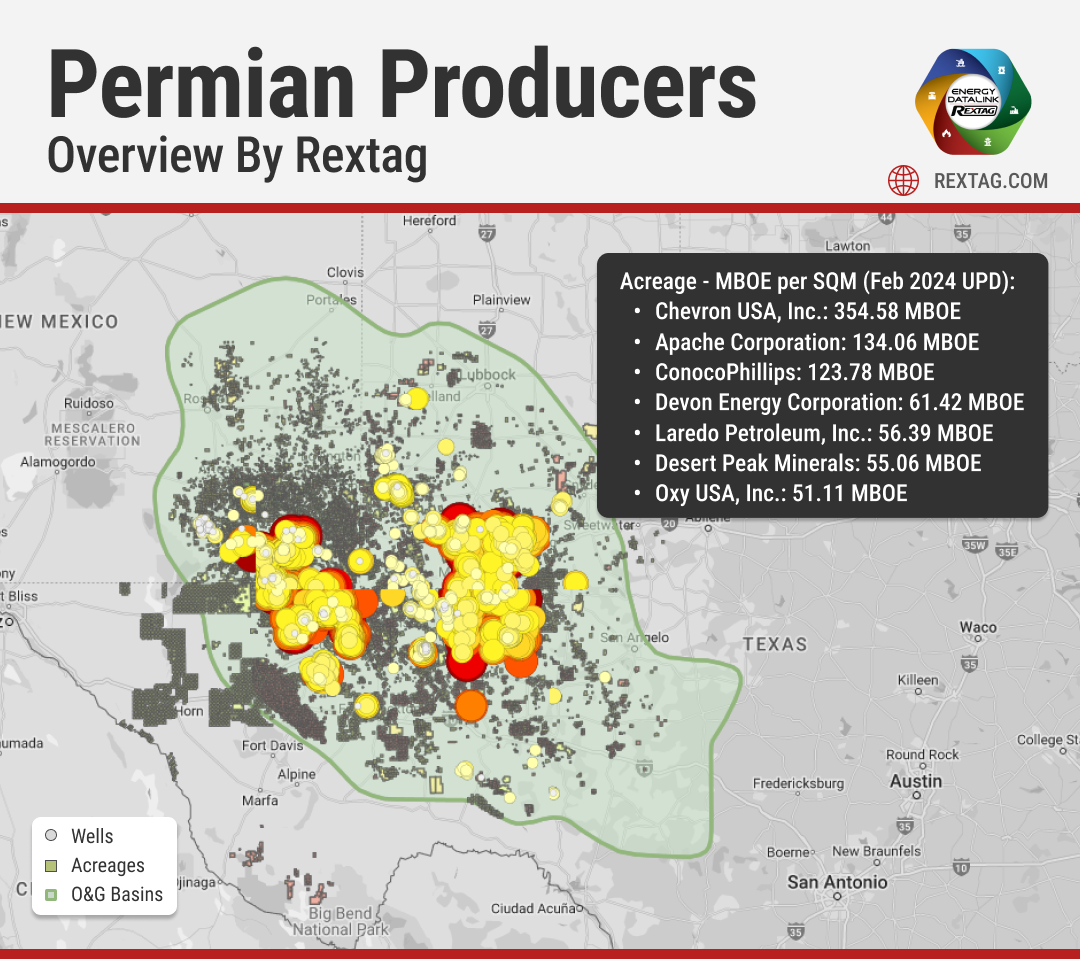
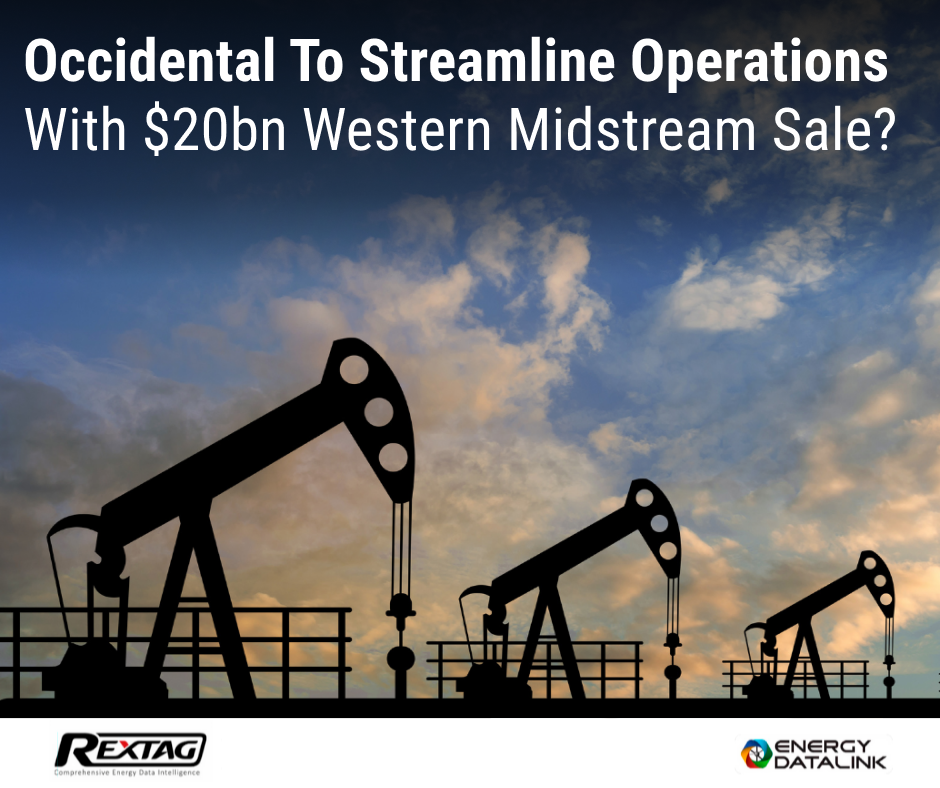


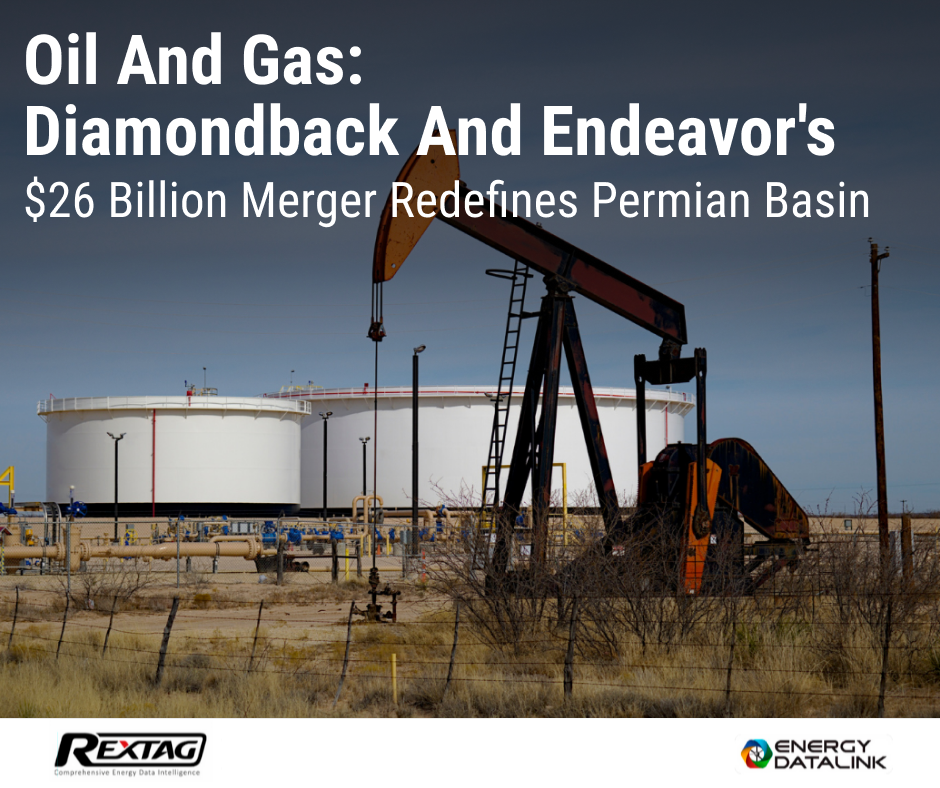
- Occidental, CrownRock Merger Under Regulatory Review_ 2024 Update.png)
 Welcome 2024_ A Look Back at 2023 Top Oil and Gas Sector Deals.png)
 How Grinch Almost Made Off with All Oil from Santa's TX-based Barrels.png)
